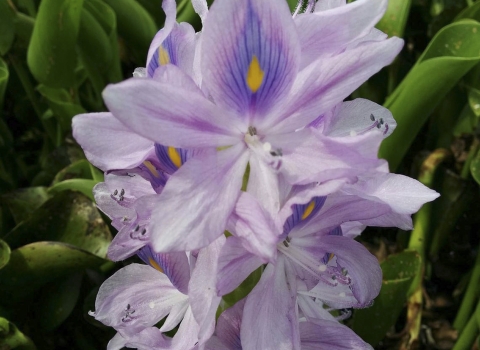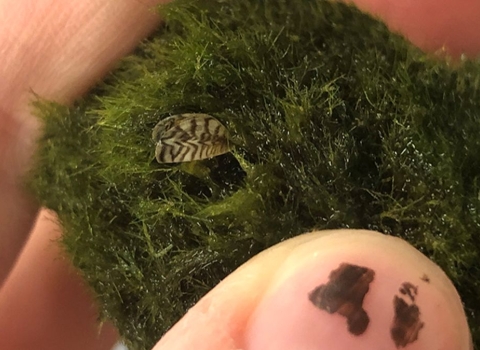Aquatic invasive species invasive species
An invasive species is any plant or animal that has spread or been introduced into a new area where they are, or could, cause harm to the environment, economy, or human, animal, or plant health. Their unwelcome presence can destroy ecosystems and cost millions of dollars.
Learn more about invasive species pose an ongoing threat to native species, the economy, recreation, and human health and safely. Many aquatic invasive species - including plants, fish, and mussels - can be accidentally transported when people go fishing and boating. By following a few simple steps every time you leave the water, you can help prevent the spread of aquatic invasive species and protect the environment.
Clean, Drain, Dry… After every waterbody, every time.
CLEAN off visible aquatic plants, animals, and mud from all equipment before leaving water access.
- Rinse equipment and boat hulls (with high pressure, hot water when possible).
- Rinse interior compartments of boats with low pressure, hot water (120°F).
- Flush motor with hot water (120°F) for 2 minutes (or according to owner’s manual).
DRAIN motor, bilge, livewell, and other water containing devices before leaving water access.
DRY everything for at least five days OR wipe with a towel before reuse.
For ANGLERS, the additional step of DISPOSE is recommended:
DISPOSE of unwanted bait, worms, and fish parts in the trash. When keeping live bait, drain bait container and replace with spring or dechlorinated tap water. Never dump live fish or other organisms from one water body into another.
Together the three steps of Clean Drain Dry greatly minimizes the risk of spreading Aquatic Hitchhikers into new locations.
Cleaning will remove visible large-bodied organisms attached to or in watercraft or recreational equipment. Rinsing with water removes organisms, while hot water often kills them. Water at least 120°F is recommended; be sure to avoid contact with skin and check manufacturers’ recommendations to ensure equipment can withstand high temperatures. If hot water is not available or may cause damage, rinsing with tap water and completely drying will help prevent spread of aquatic invasive species. Draining removes small and nearly invisible organisms such as zebra mussel larvae (veligers) potentially entrained in water containing devices. Drying is necessary as many organisms can survive in standing water. The use of chemical prophylactics or disinfectants (e.g., bleach) are not recommended for treating watercraft and recreational equipment. Chemicals may damage equipment or components, cause environmental damage, harm human health. Chemical disinfectants may not be effective against many aquatic invasive species
Report new sightings.
If you think you have found an invasive species, note its exact location and, if possible, take a photo. Report new sightings to the appropriate authorities or use the USGS Sighting Report Form.
USGS Sighting Report Form.






